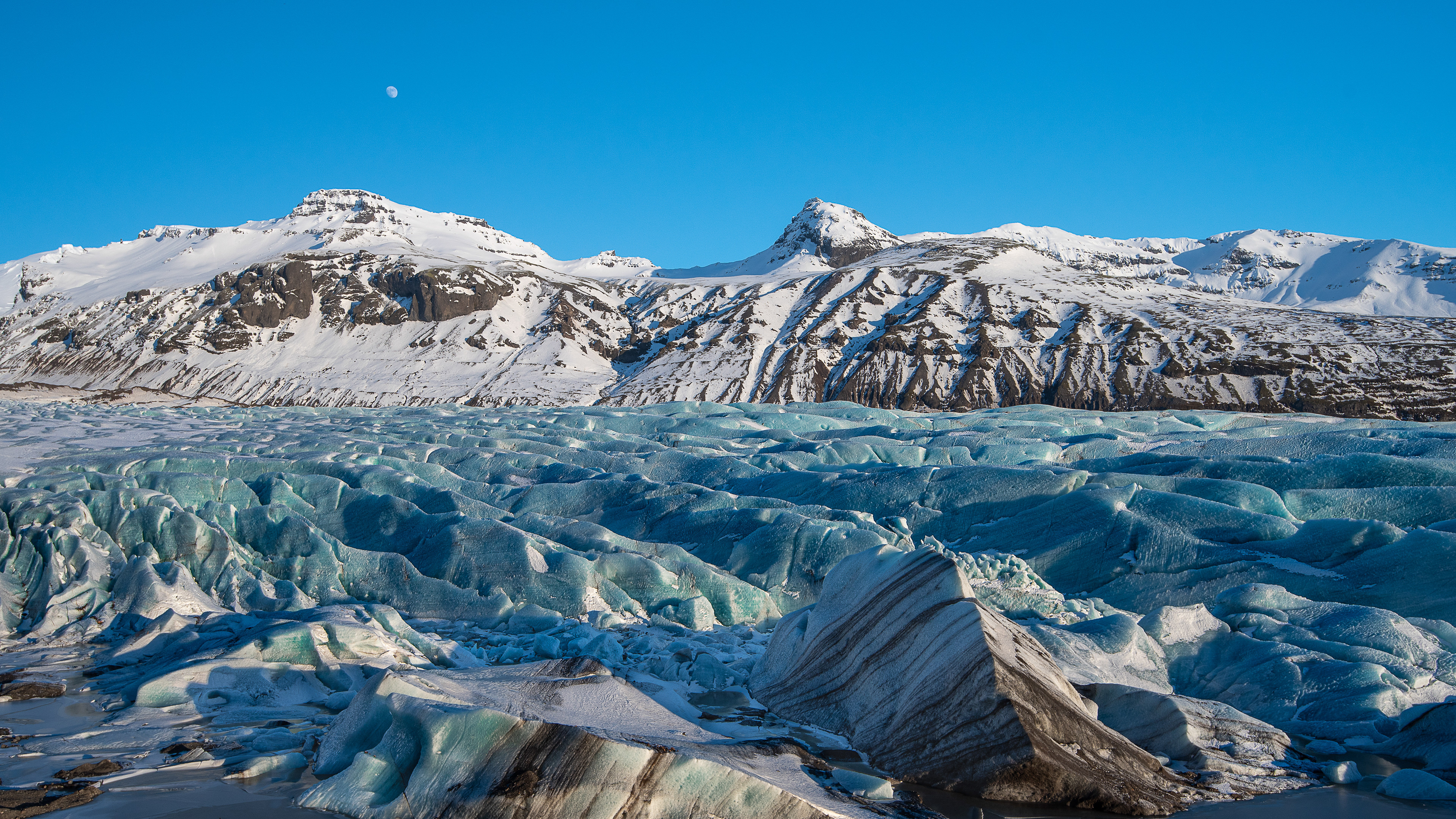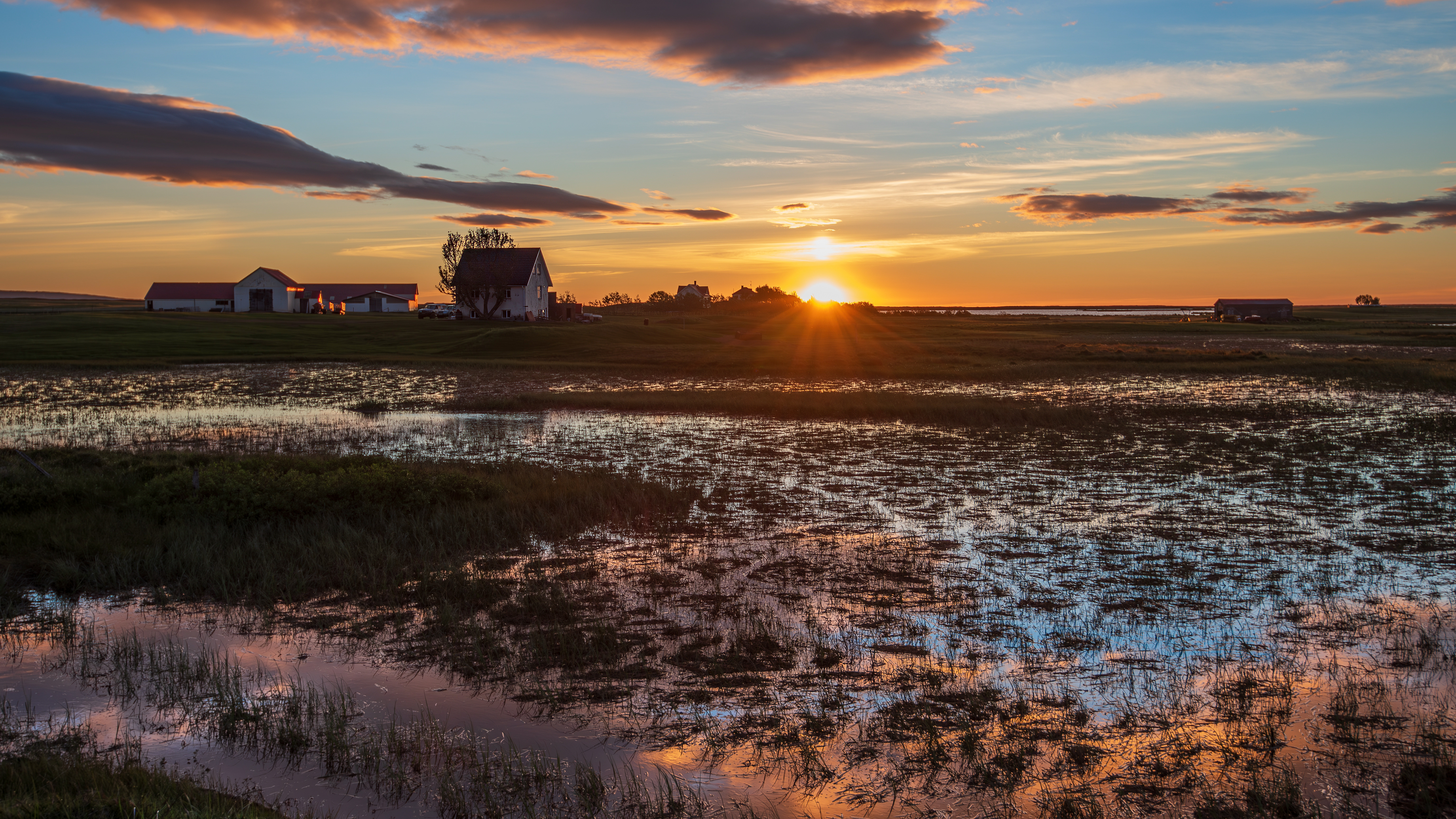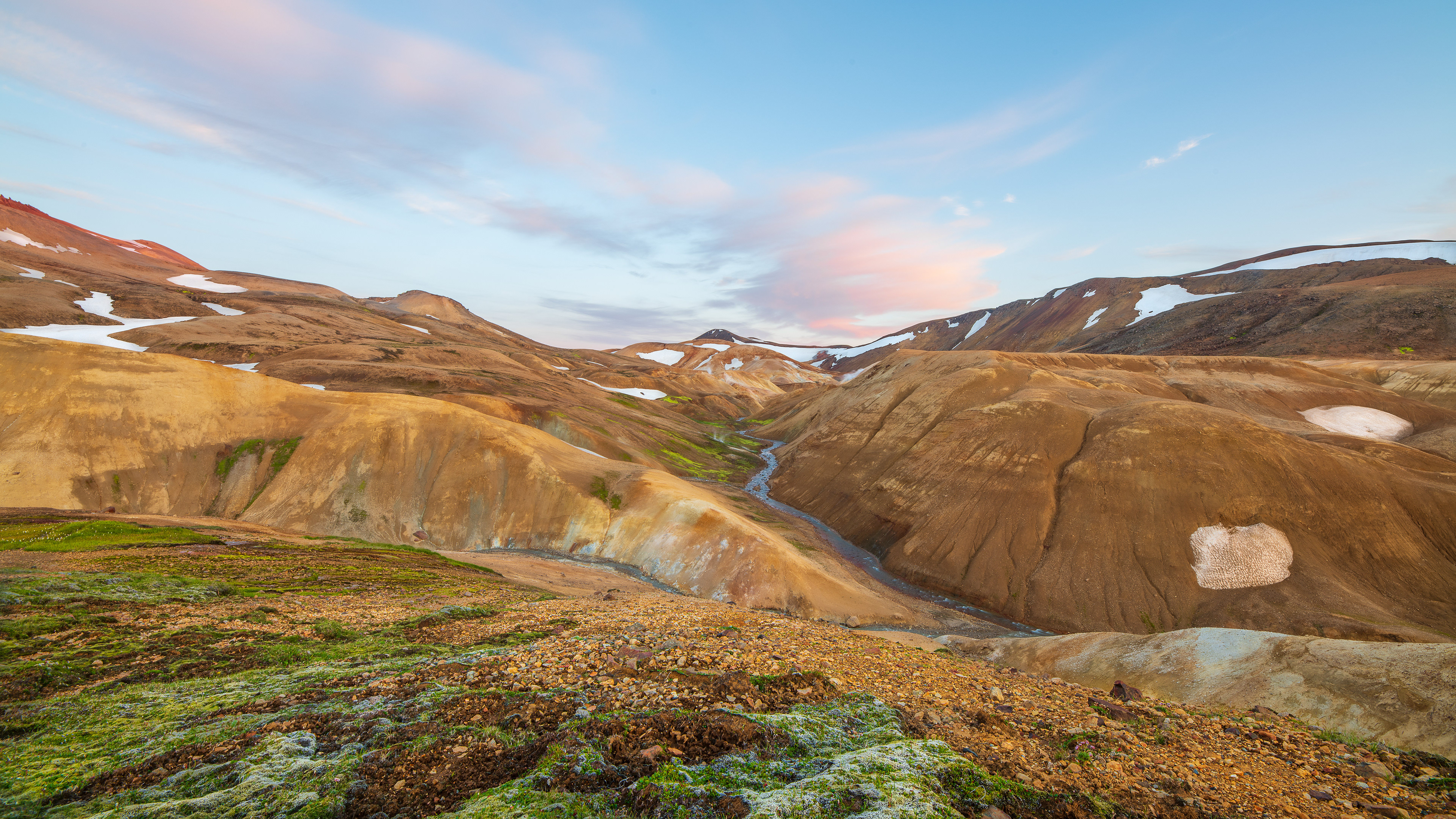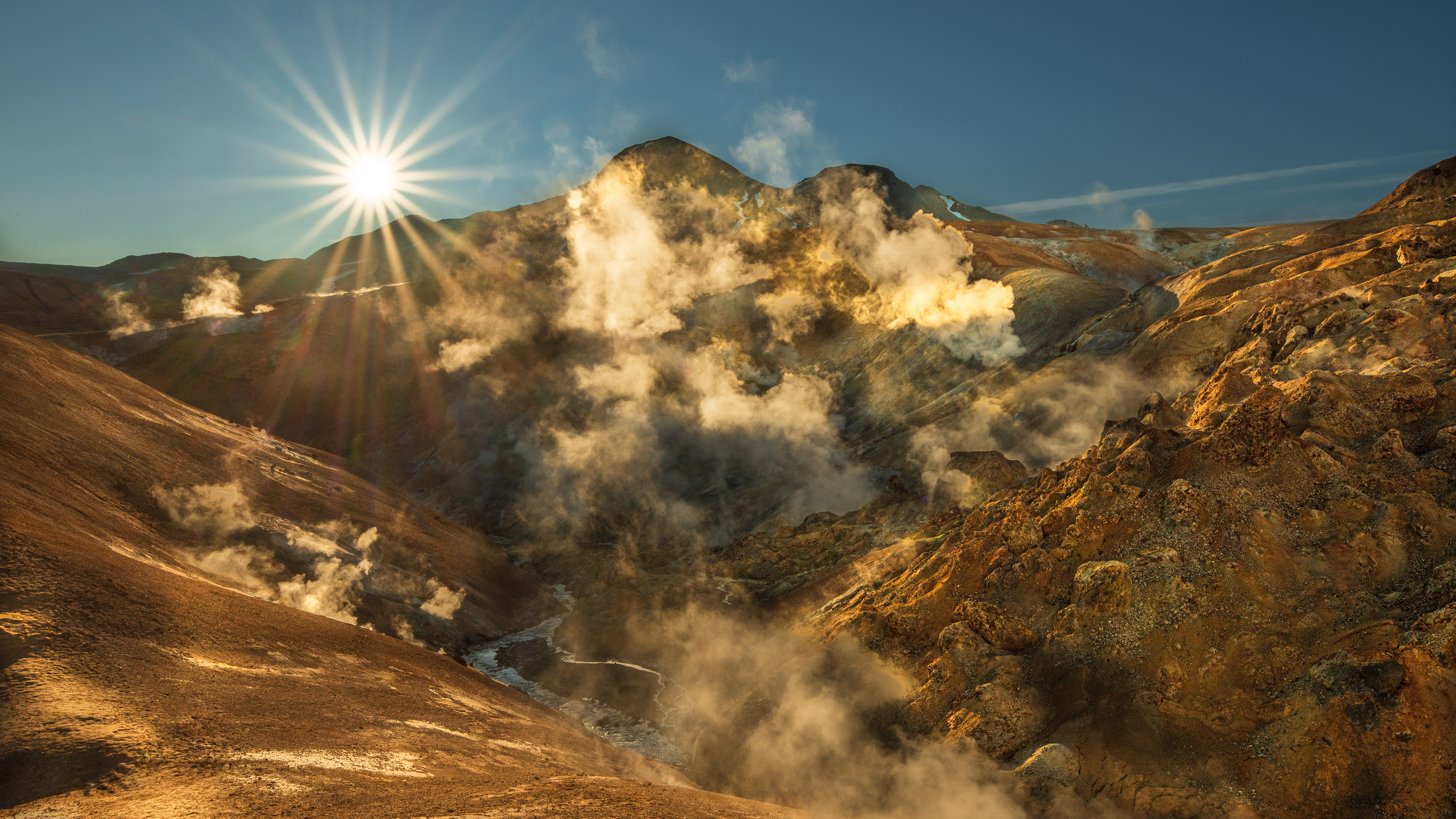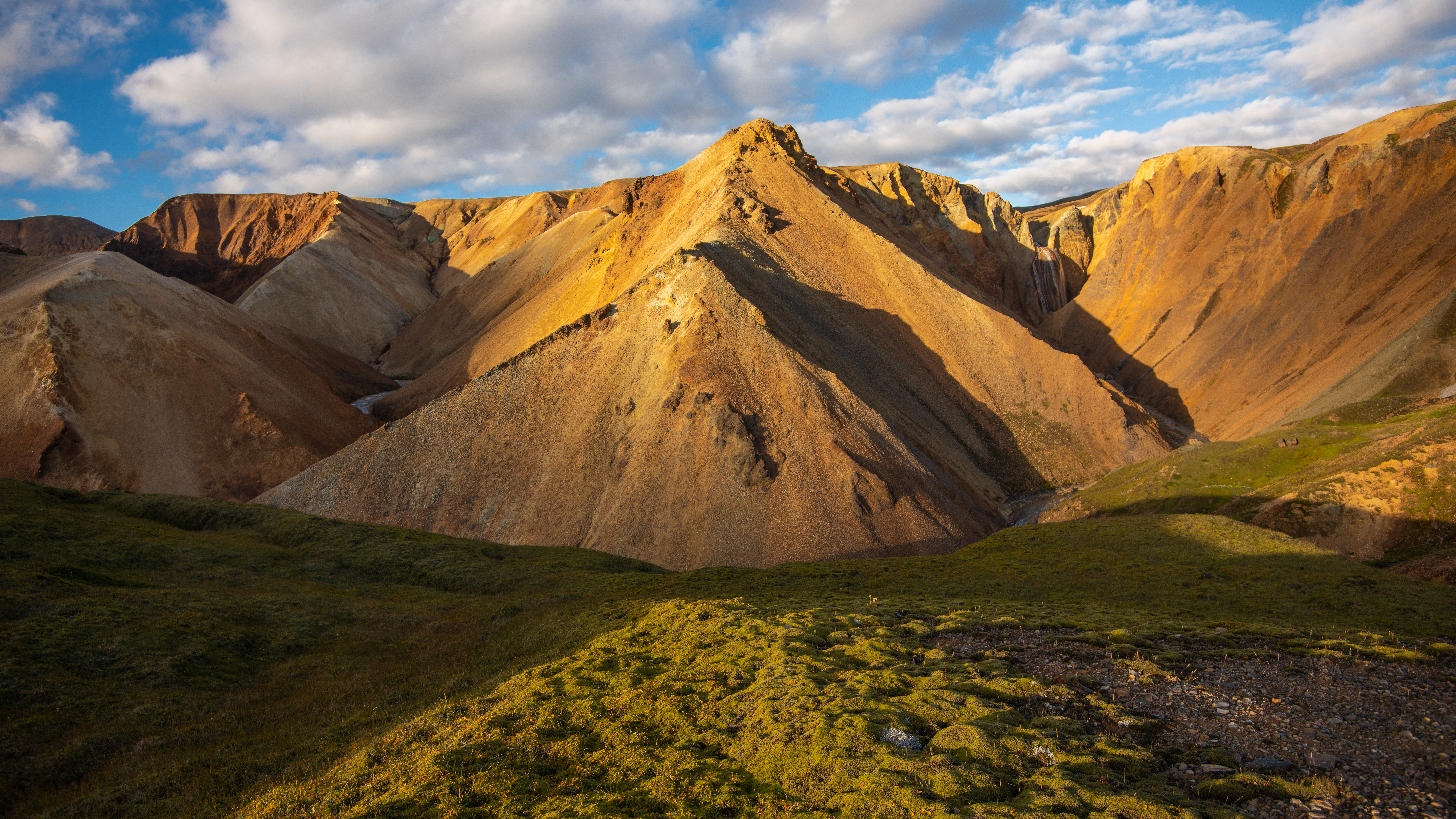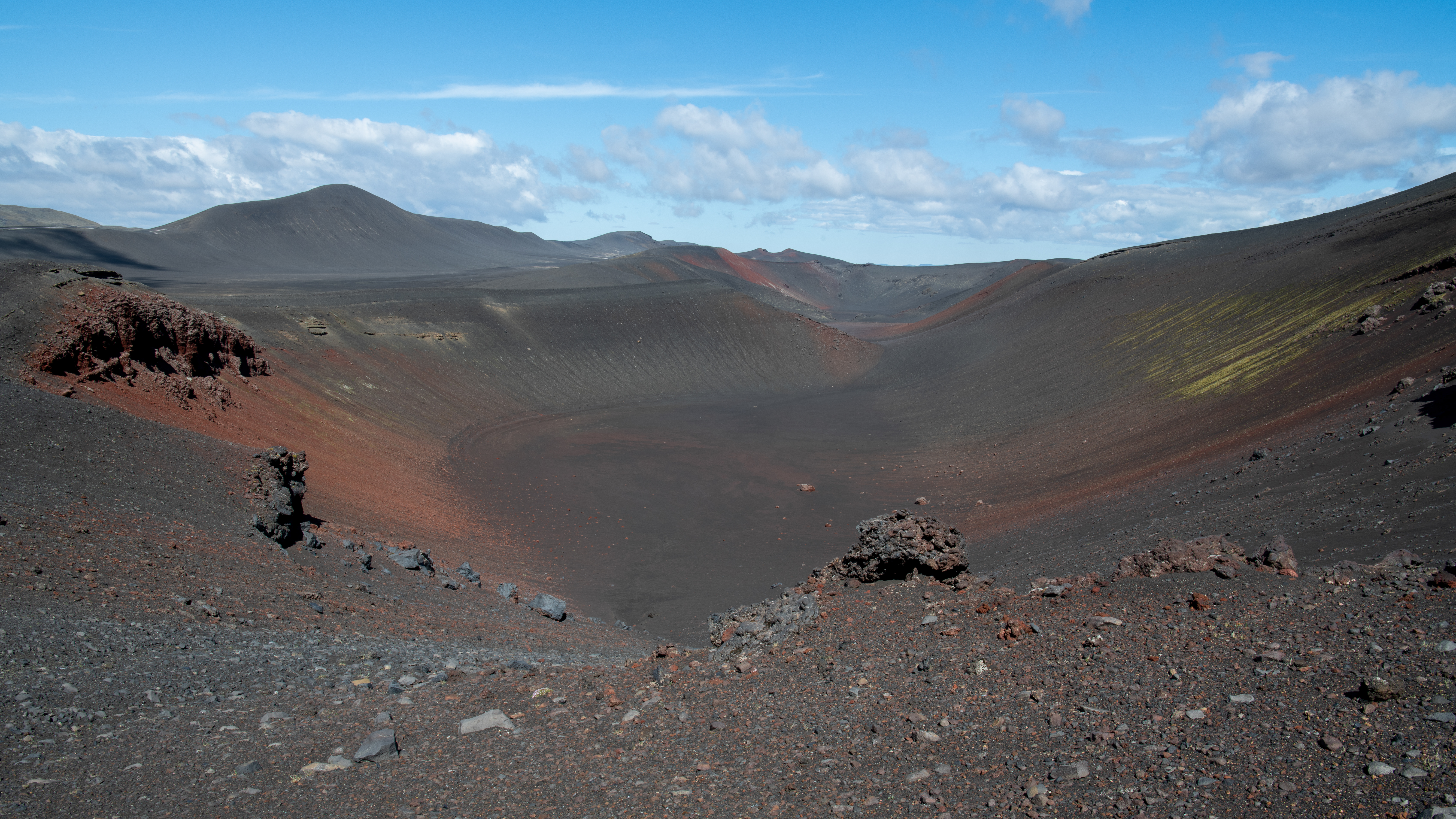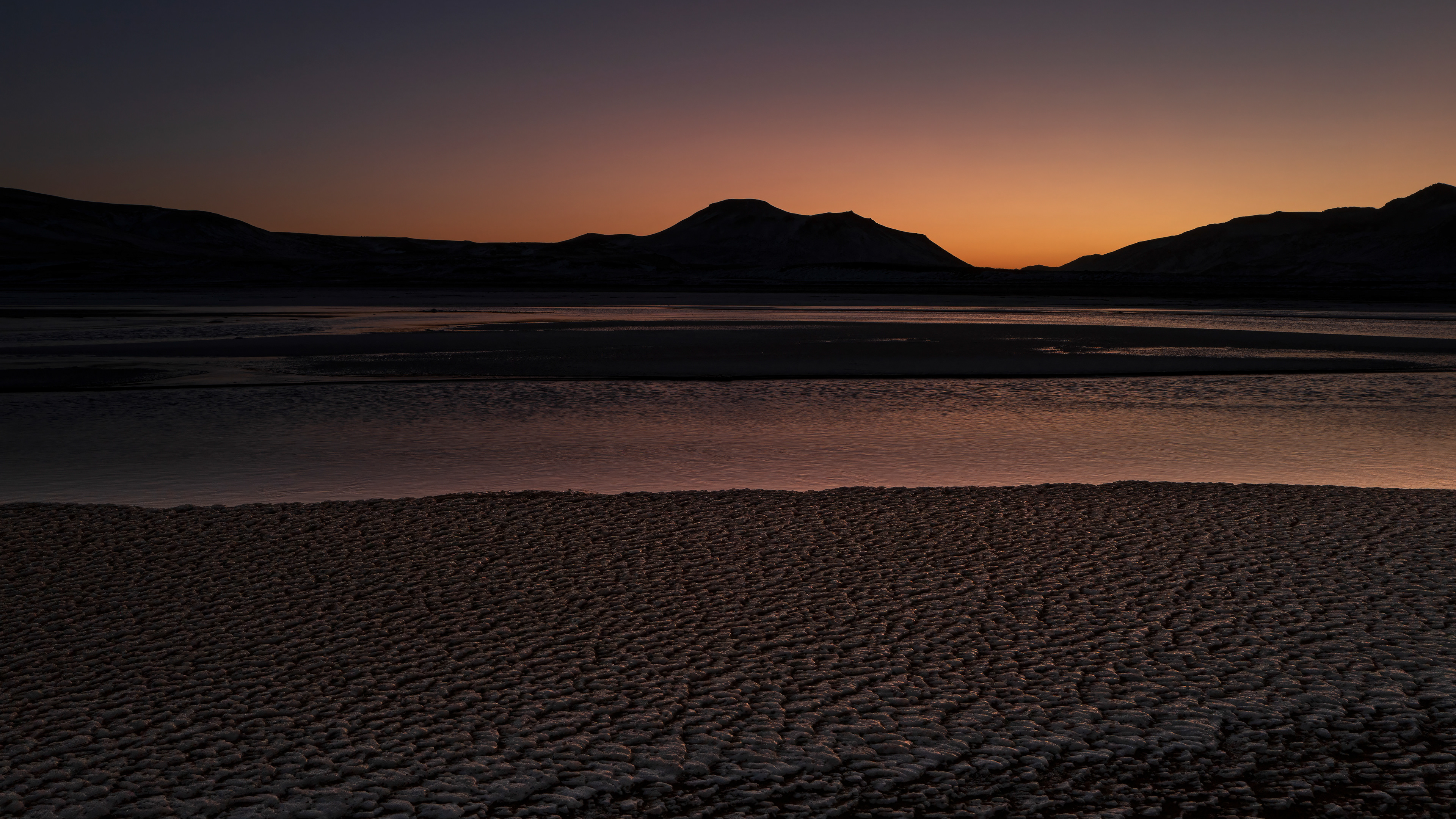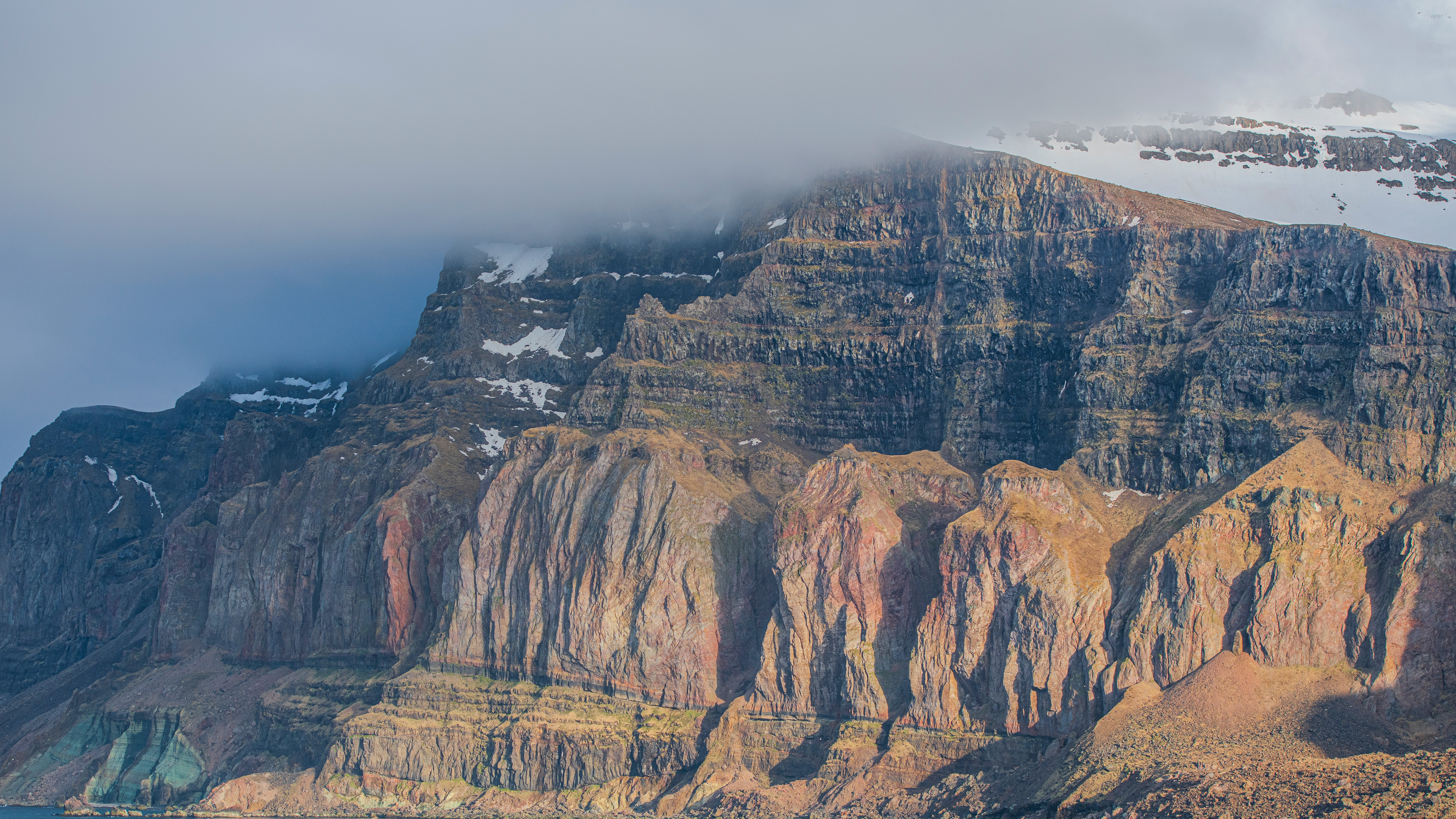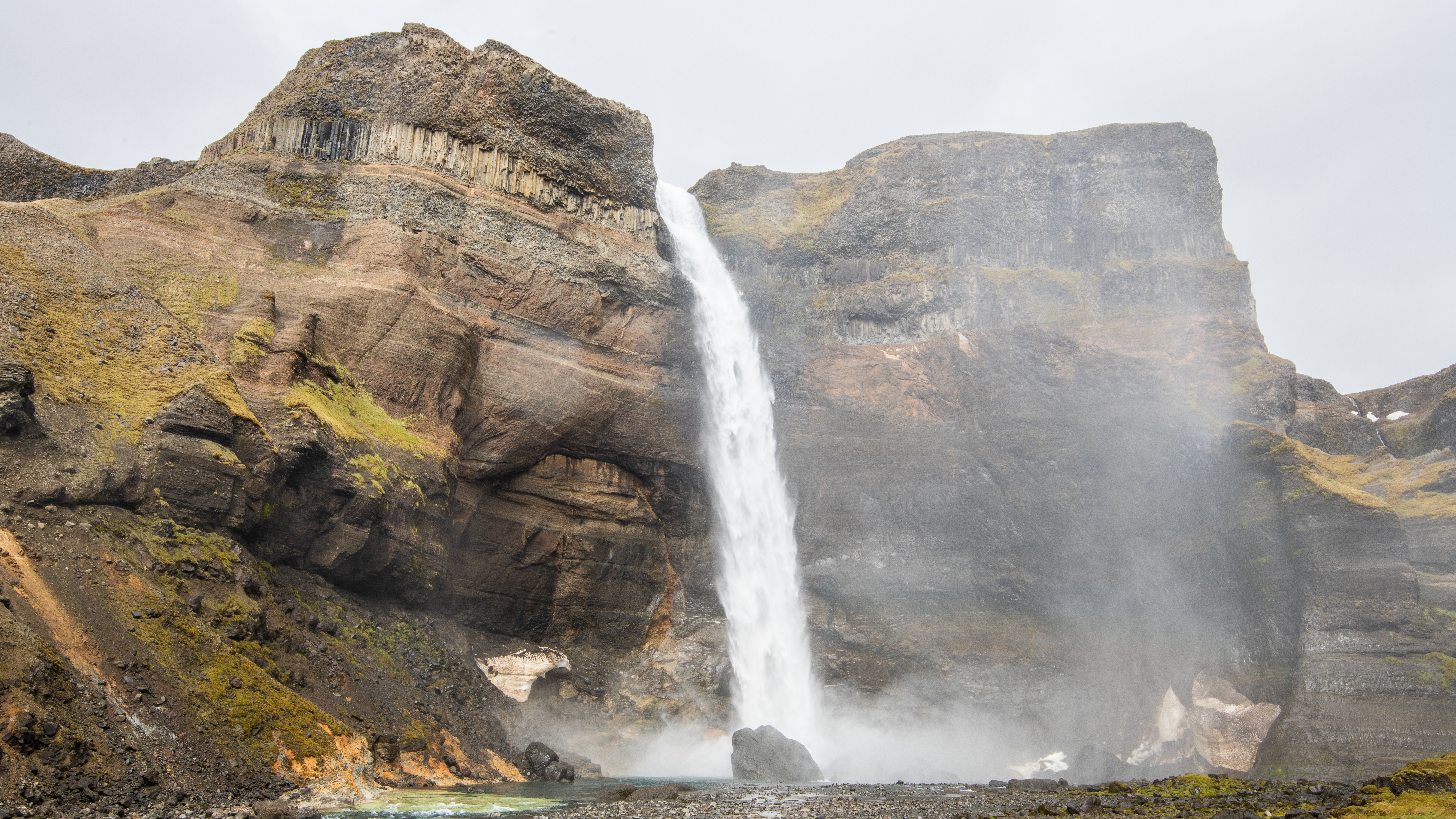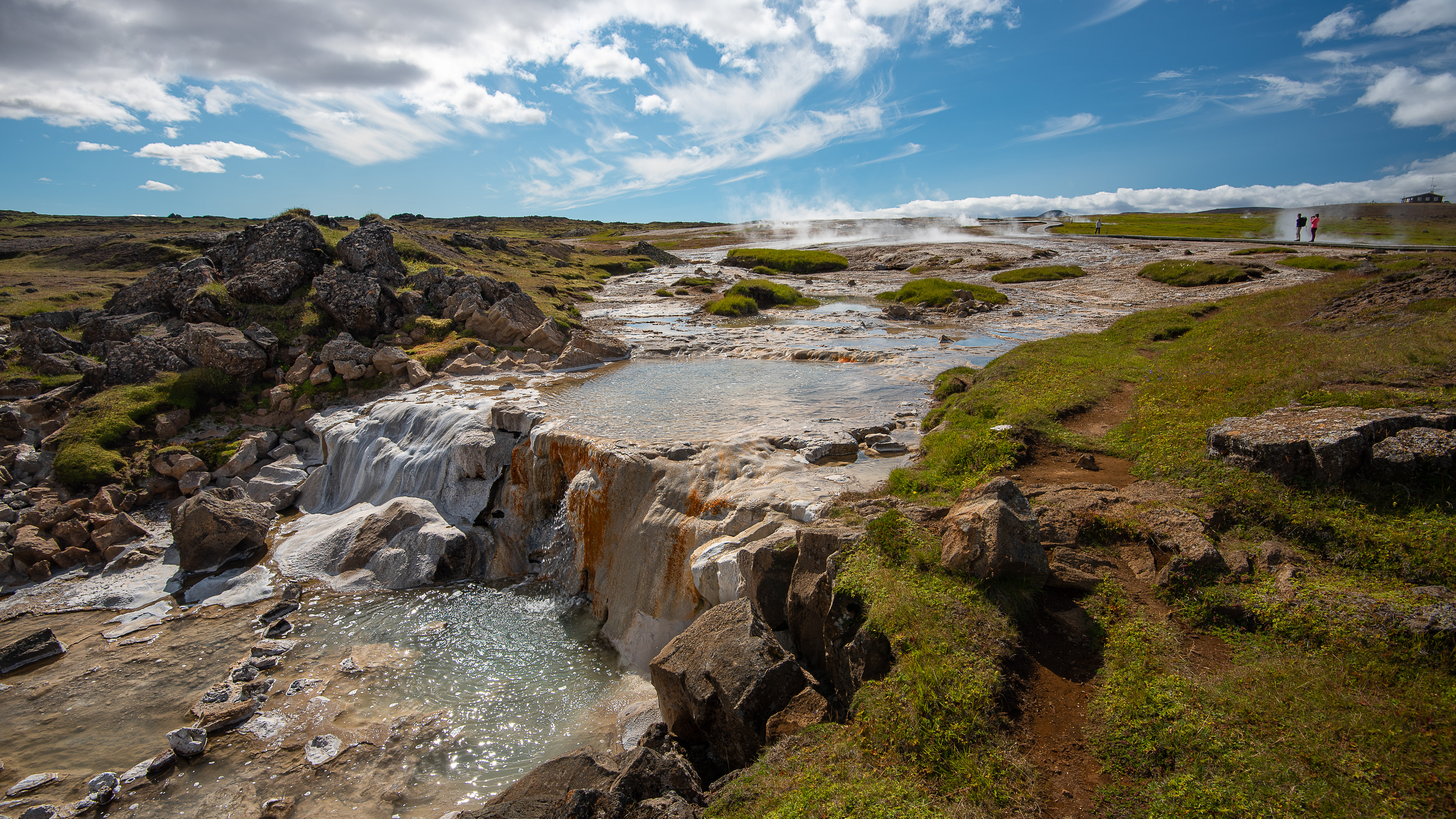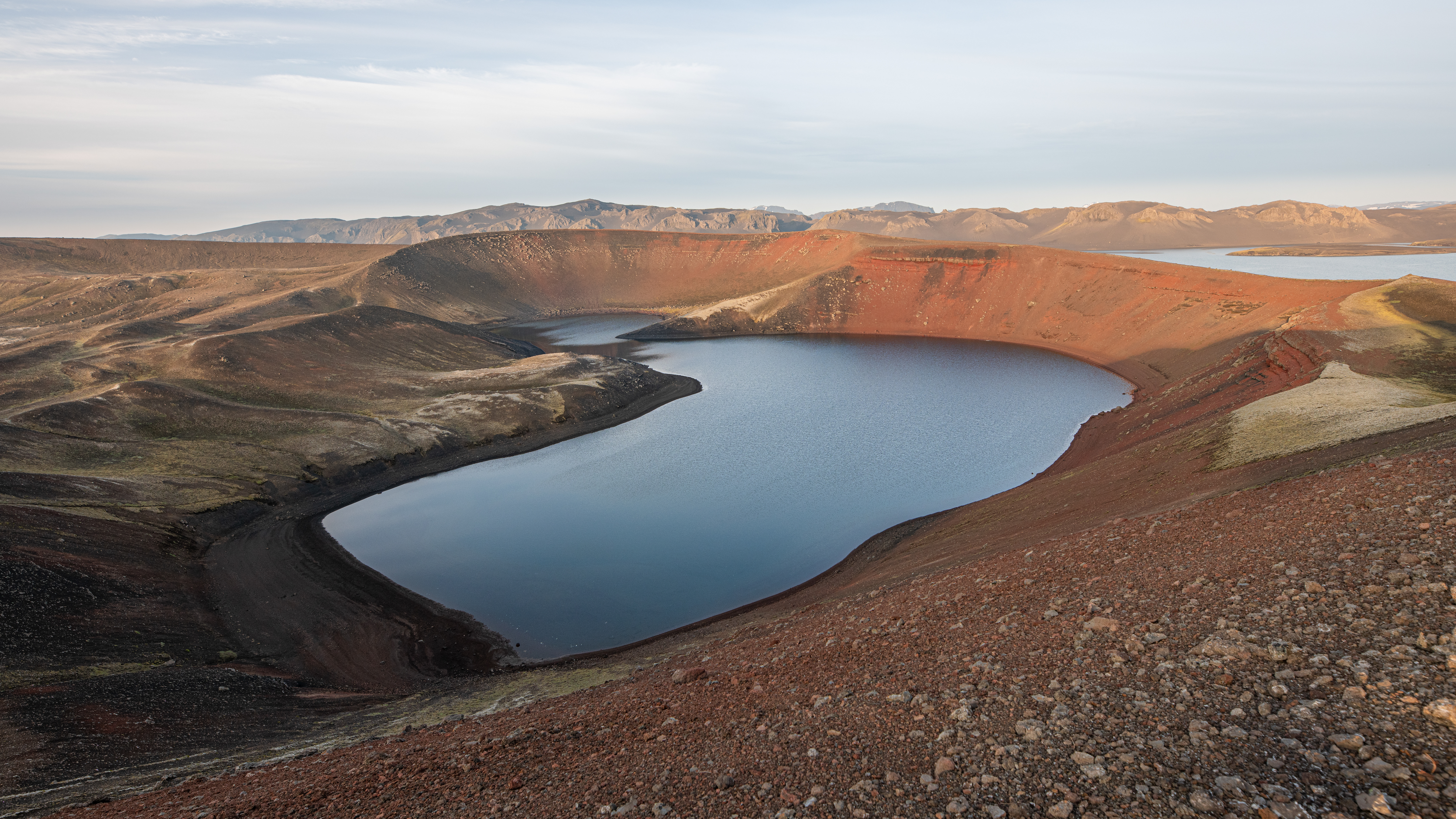Since I will be hiking regularly to the Geldingadalir to photograph the eruption, I will also add new photos as the outbreak continues. So make sure you come back in a few days and see and hear of the exciting story of the eruption at Geldingadalir in Reykjanes Peninsula and possibly prepare your photographic tour.
This will be my personal photographic journal of the eruption at Geldingadalir. For photography I only use my two cameras, the Nikon D850 and the Nikon D750. Lenses: AF-S NIKKOR 70-200mm f/2.8G ED VR II - AF-S NIKKOR 16-35mm f/4G ED VR - AF-S NIKKOR 24-70mm F2.8G ED and Sigma Art 14-24mm f/2.8.
A close up of the lava stream - A good opportunity to use a telephoto lens for photography
A relaxed day by the volcano at Geldingadalir by Mt. Fagradalsfjall
The two craters provide a steady flow of magma on the 12th day of the eruption
The girl by the volcano
Photographing the glowing splash up close with a 70mm to 200mm lens
The three craters that now dominate the area from April 9th
The second crater that opened on a new fissure during the Easter holidays
Overview of the lava field at Geldingadalir on April 21st
Similar activity (flow of magma) has been in the vents from the beginning of the eruption
A visitor at the eruption sight views all the craters
On May 1st, all except one vent stopped delivering magma.
Sunset by the volcano on May 2nd
One crater is now active on May 11th
Einar Páll Svavarsson visiting the volcano site at the beginning of the eruption - Photo: Guðfinnur Sveinsson
